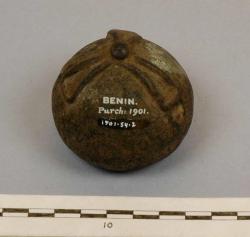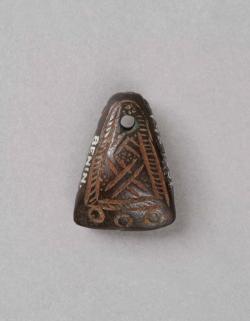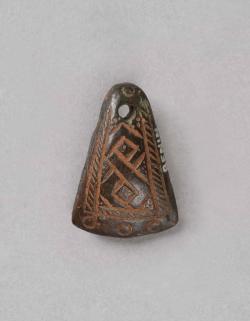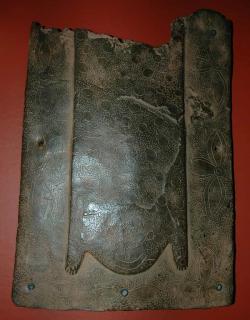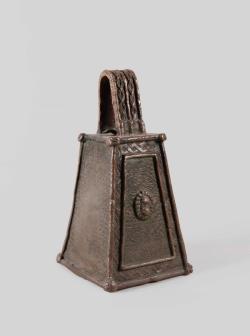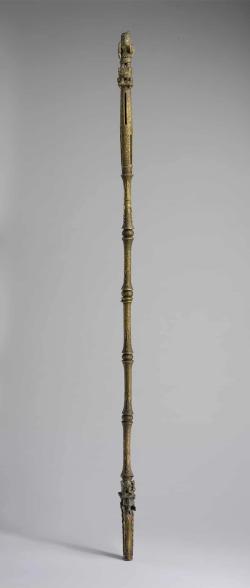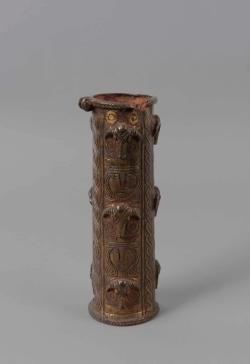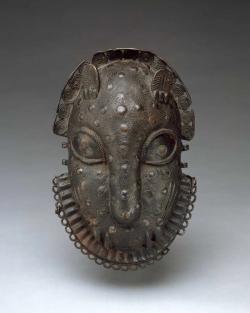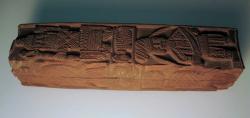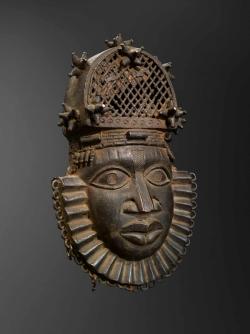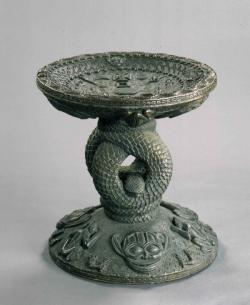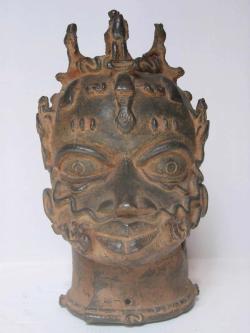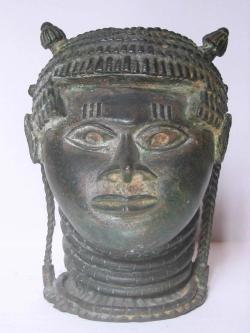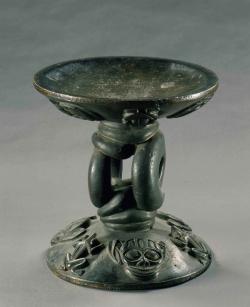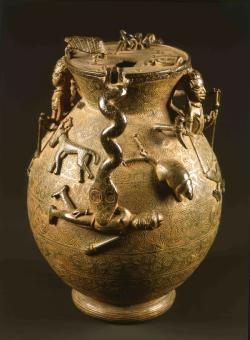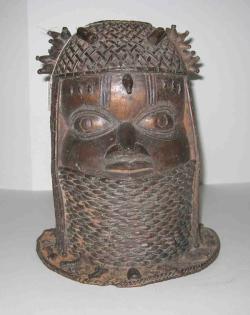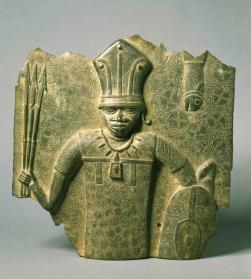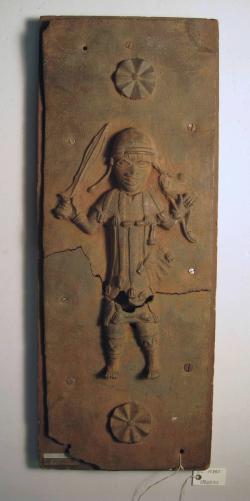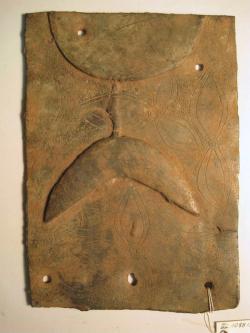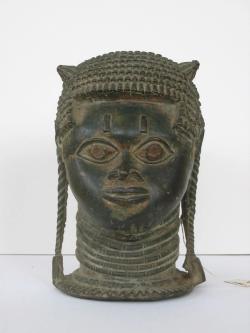Provenance
Stevens Auction Rooms (1834 - 1945)
Description
J. C. Stevens Auction Rooms specialised in the sale of natural-history specimens, curiosities and antiquities. The auction house was located at 38 King Street, Covent Garden, London. Founded around 1759 by the bookseller Samuel Patterson, the company was taken over by Thomas of Foster Lane in 1824. John Crace Stevens (1809–1859) joined the firm as a partner in 1831. The company name was changed to J. C. Stevens in 1834 and remained the same for the rest of the firm’s history, even after John’s death. John’s brother Samuel (1817–1899) joined the firm as a partner in 1840. He left in 1848, but oversaw the company again after John’s death for several years until his son Henry (1843–1925) was old enough to inherit the business in 1863.
Read moreRoles
Auction HousePlaces of contact
London, UKExternal biography links
Contain
Expand
